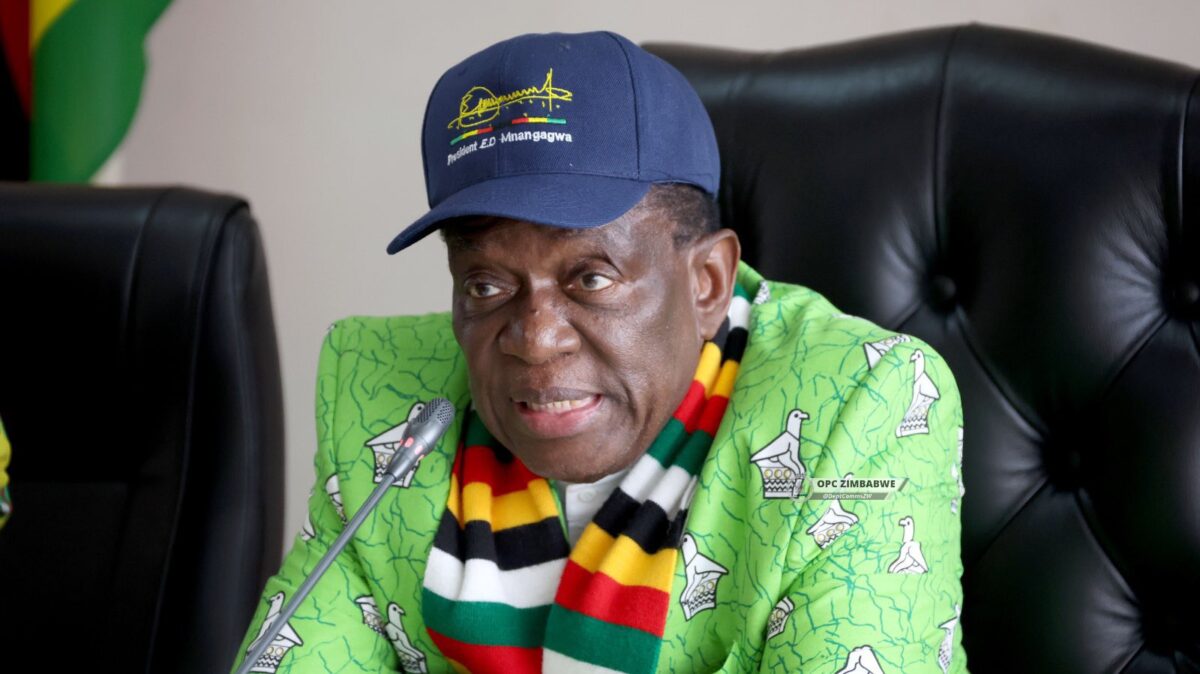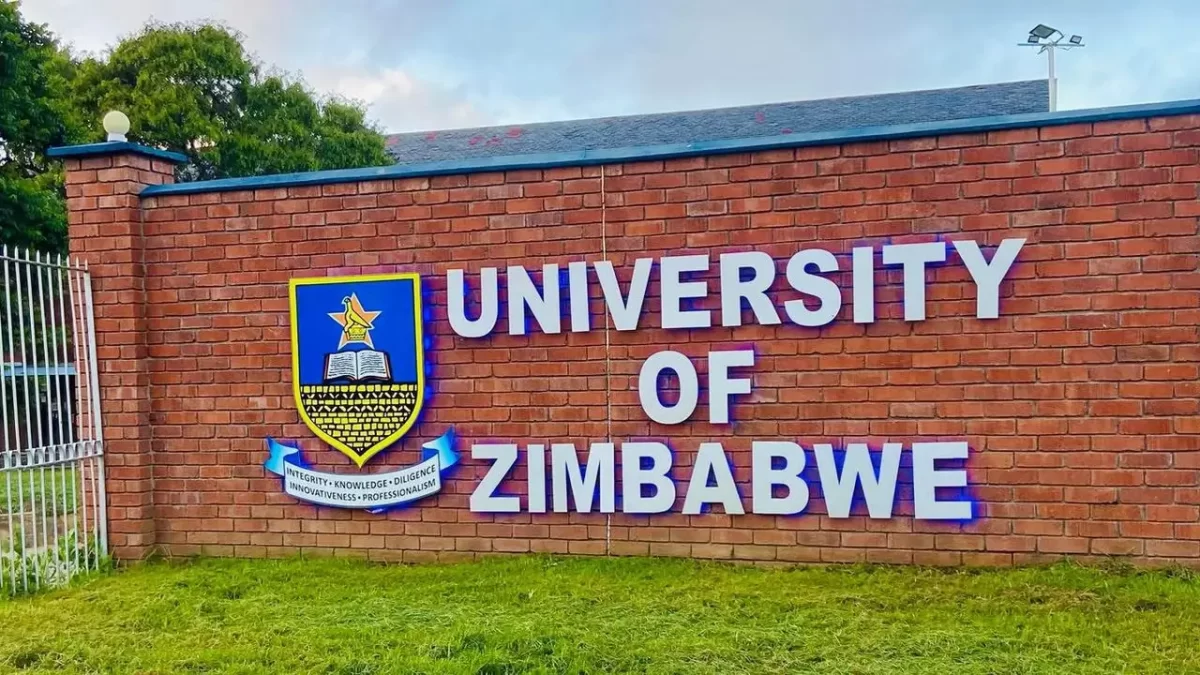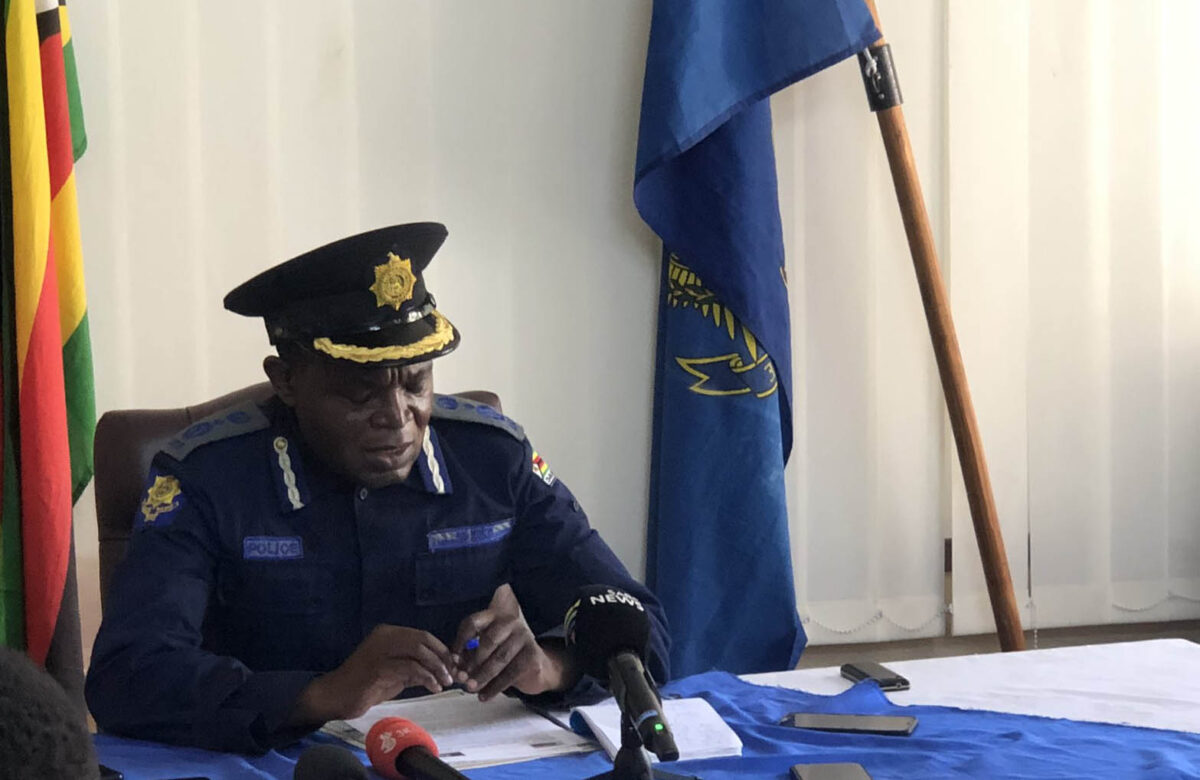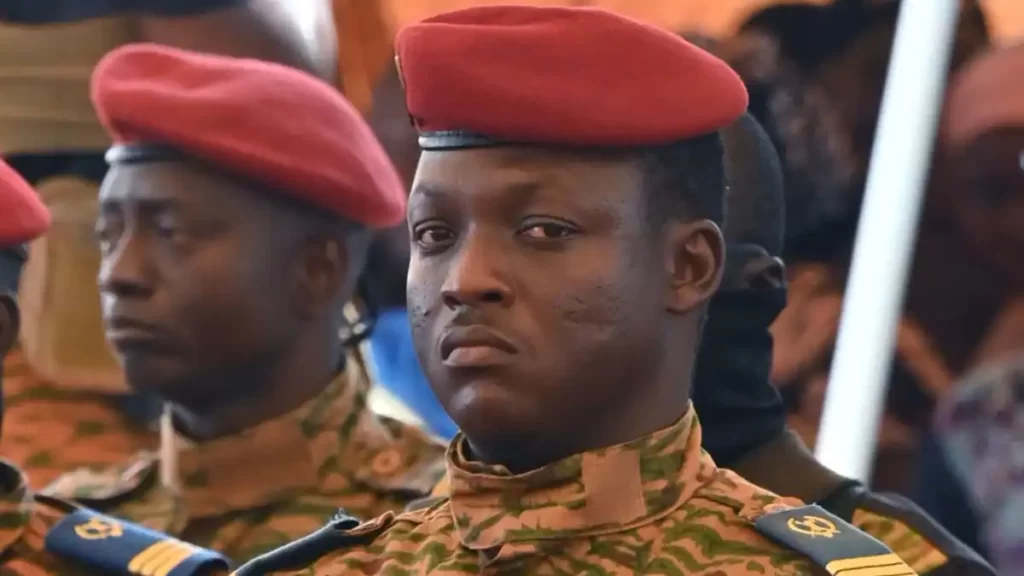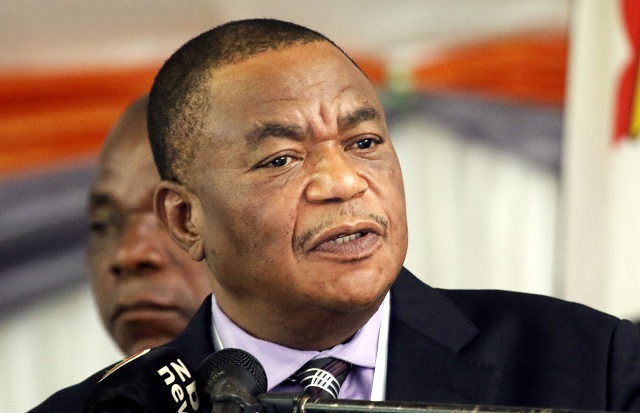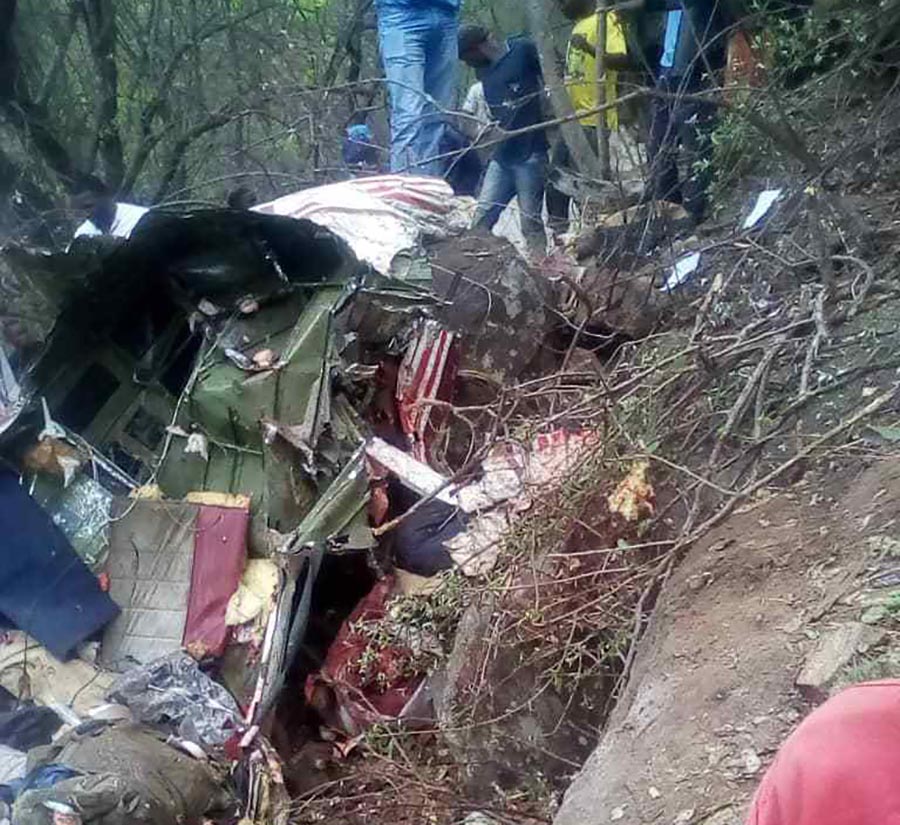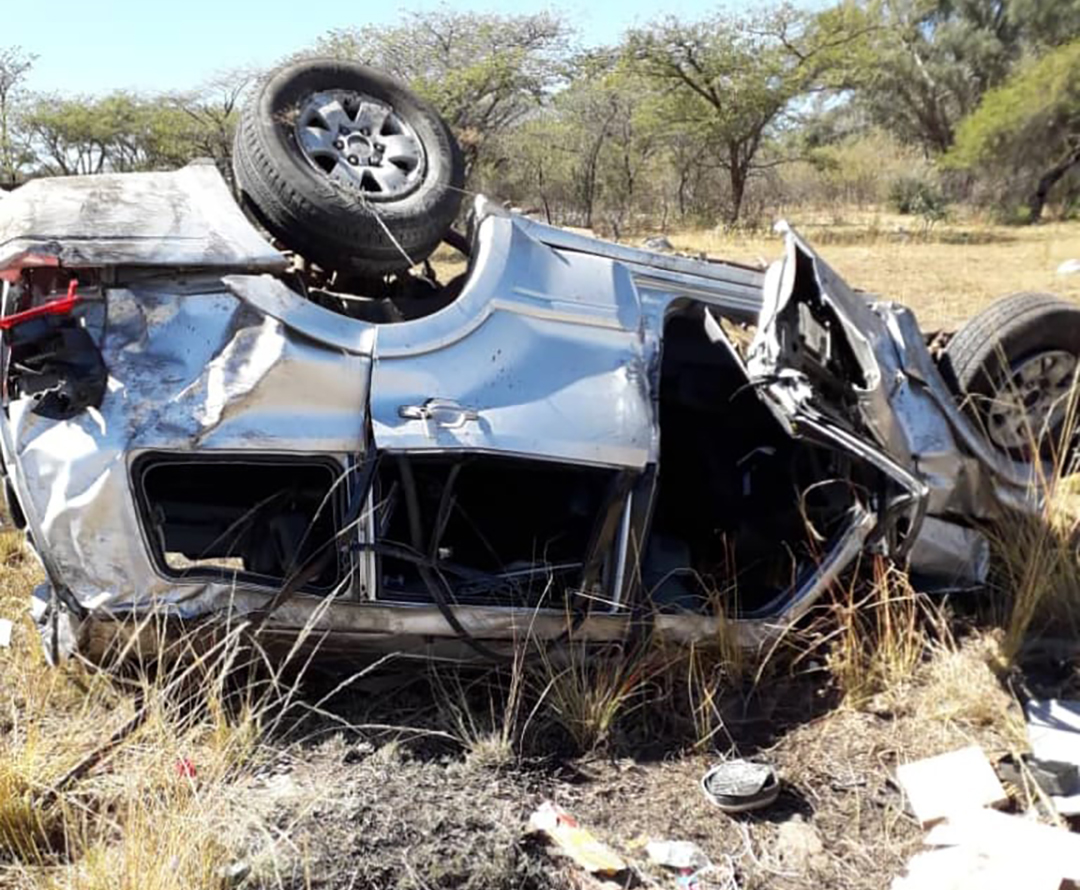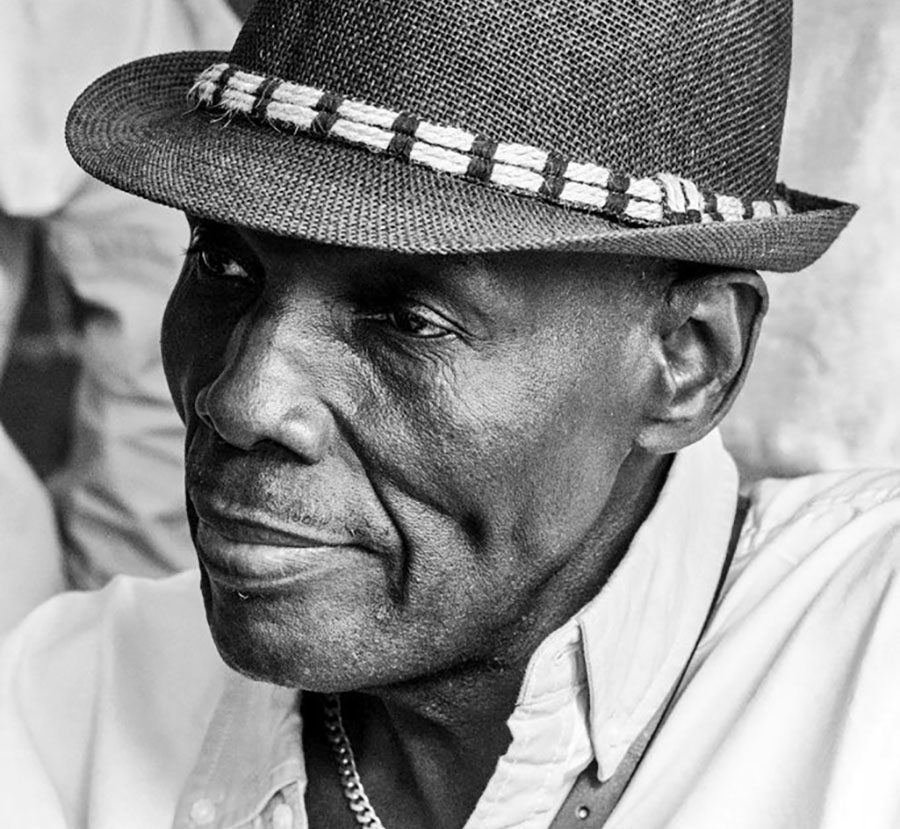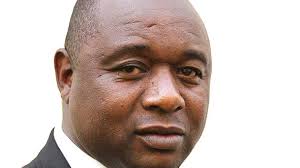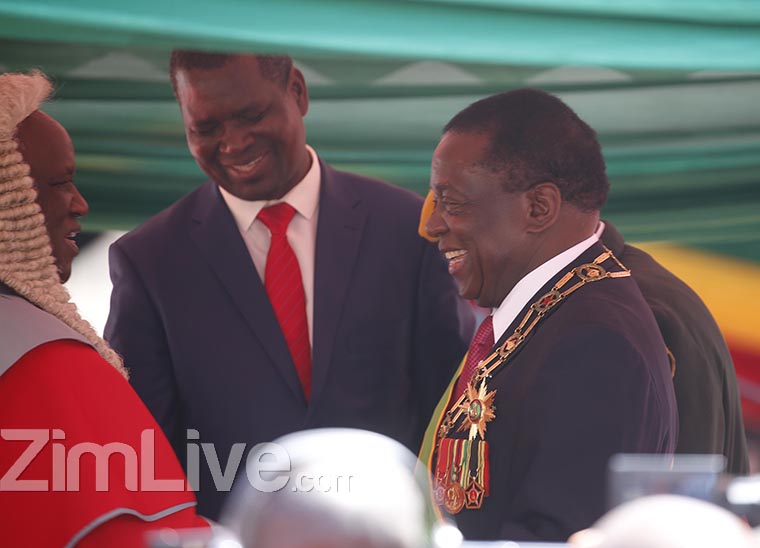President Emmerson Mnangagwa’s political nemesis Blessed Geza, until recently a Zanu PF central committee member before his expulsion, has claimed that he and a faction of independence war veterans will shortly go through the motions of removing him as president through an impeachment process in parliament. Geza claims the proposal has support among MPs and senators, but doubts linger.
So what is impeachment? Lawyer METHOD NDLOVU, an advocate in Zimbabwe’s superior courts, explains the complex process of impeaching a president:
Zimbabwe is a constitutional democracy. The architecture of the state is set out in the Constitution of Zimbabwe Amendment (Number 20).
In terms of section 88, executive authority vests in the President who exercises it, subject to the Constitution, through a Cabinet.
A president must be elected by the people within the period specified in section 158 of the Constitution. In terms of section 95(2)(b) the person elected as president holds office – unless s/he resigns or is removed from office – for a period of five years, though a term of three years is deemed a full term.
Impeachment is a process of laying a charge/s against the President by the Legislature which may or may not result in a removal of a president from office by Parliament – that is, the National Assembly and the Senate, acting jointly.
There are different grounds which may be used for removal of a President from office following a successful impeachment process. These are set out below.
Section 97 of the Constitution of Zimbabwe 2013 provides for Removal of President or Vice President from office on stated grounds. It states in subsection (1) that: “The Senate and the National Assembly, by a joint resolution passed by at least one-half of their total membership, may resolve that the question whether or not the President or a Vice President should be removed from office for — (a) serious misconduct; (b) failure to obey, uphold or defend this Constitution; (c) wilful violation of this Constitution; or (d) inability to perform the functions of the office because of physical or mental incapacity; should be investigated in terms of this section.”
Standing Order 1(1) of Appendix A of the Standing Orders of the National Assembly
provides for the convening of a joint session of Parliament in various situations envisaged in the Constitution. This also includes the question of removal of a President or Vice President from office provided for in section 97 of the Constitution.
In terms of Standing Order 1(2) of the Appendix, the Speaker and the President of the Senate are obliged to make the necessary arrangements for the joint sitting.
In terms of Standing Order 2 of the appendix, in all such joint sittings, the Speaker has to preside. In his/her absence, the President of the Senate has to preside. In terms of Standing Order 3 of the appendix, a relief officer can also chair the session if so requested by the Speaker.
In terms of Standing Order 4, the joint session is to be held at any place taking into account the public interest, security or convenience. In terms of Standing Order 5, members of Parliament are entitled to receive from Clerk of Parliament seven days’ notice of the joint sitting. The Clerk does so by placing it on the Order Papers of each House or by way of announcement of such notice by a presiding officer during the sitting of a House. The Clerk can give such notice in a manner determined by the Speaker.
In terms of Standing Order 6 of the appendix, one half of the total membership of Parliament should constitutes a quorum for any joint sitting. That is 180 members of Parliament should suffice to transact the business of a joint sitting.
Standing Order 7 of the appendix provides that unless stated in the Joint Standing Orders, Rules relating to Order in the House (National Assembly) in respect of debate, divisions and any other relevant provisions in the National Assembly and Senate, shall apply with appropriate modifications (mutatis mutandis), in the joint sitting.
The Standing Orders for the National Assembly sets out the rules relating to debate, divisions and other processes of the House. All questions proposed for decision in the House must be determined by a majority of the votes of the membership present and voting, per Standing Order 78(1) for the National Assembly. The Standing Orders for the Senate is to similar effect.
The proposed question of impeachment of the President or Vice President is thus a
question for decision to be made by Parliament (in a joint sitting, in which ordinarily Standing Order 78(1) must apply) with necessary modifications.
Standing Order 78(1) of the National Assembly is made subject to the Constitution of Zimbabwe. As such, instead of a majority making a resolution to impeach, it should be half
of the total membership.
As such, the first step in the impeachment of a President or Vice President envisaged in section 97 of the Constitution, is the movement of the motion to impeach before the joint sitting of Parliament. When the motion has been moved, it has to be seconded. If the motion is seconded, the next step is triggered.
The next step (second step) involves the making of a resolution, which is in the
affirmative, for the impeachment of a President or Vice President by half the total membership of Parliament. This is in terms of section 97(1) of the Constitution.
What constitutes the total membership of a joint sitting of Parliament is different from those present and voting – what constitutes the total membership was determined in Innocent Gonese & Jessie Majome v The Speaker of Parliament & Ors CCZ4/20 – it means the total membership as prescribed in the Constitution as amended by amendment Number 2 of 2021, as set out in sections 120 and 124.
In essence, a majority of the total membership of Parliament is not required to pass a resolution of the impeachment of the President or Vice President. What is required is half of the Parliamentarians when the National Assembly and Senate is taken as one (or added together).
In terms of the Constitution, the constitution of the Senate and the National Assembly shows that they have a total membership of 360. Half of these members is 180. The Constitution thus requires that 180 parliamentarians
have to resolve (in the affirmative) to pass the impeachment resolution. The half does not matter whether the majority is from the Senate or the National Assembly. It is half of both chambers combined.
The manner of carrying out the vote commends itself for elucidation. Contrasted with Standing Order 6(1) which stipulates that the election of a Speaker must be done by secret ballot, the manner in which the impeachment vote is to be carried out, is open for decision by the joint session.
It is thus a question for decision to be made by Parliament (albeit in a joint sitting, in which ordinarily Standing Order 78(1) must apply) with necessary modifications.
It is thus open for the joint sitting by a simple majority to resolve the question of the manner of voting. It can be by a show of hands. It can be those in support of the motion standing on one side, those against it on the other and those abstaining standing on their own. It
can be by the different sets lining up on their own in the categories set out above. It can be by secret ballot.
There is no single way that is set out and as it is open to be determined by the joint sitting itself. The decision in Jonathan Moyo & Ors v Austin Zvoma N.O & Ors SC28/10 will not apply unless there is a resolution that the vote is to be conducted by a secret ballot.
If the vote for impeachment is in the affirmative, the third step follows in terms of section 97(2) of the Constitution. Section 97 (2) of the Constitution of Zimbabwe 2013 then provides that: “Upon the passing of a resolution in terms of subsection (1), the Committee on Standing Rules and Orders must appoint a joint committee of the Senate and the National Assembly consisting of nine members reflecting the political composition of Parliament, to investigate the removal from office of the President or Vice President, as the case may be.”
Once the resolution on the impeachment is jointly passed, there is an organ from
parliament that must then take matters into its hands in accordance with the provisions of the law. This organ is called the Committee on Standing Rules and Orders. It is provided for in the Constitution.
Section 151 (2) of the Constitution then provides that: “The Committee on Standing Rules and Orders must consist of the Speaker and the President of the Senate and the following Members of
Parliament— (a) the Deputy Speaker; (b) the Deputy President of the Senate; (c) the Minister responsible for finance and two other Ministers appointed by the President; (d) the Leader of Government Business in each House; (e) the Leader of the Opposition in each House; (f) the chief whips of all the political parties represented in each House; (g) the President of the National Council of Chiefs; (h) two Members who are not Ministers or Deputy Ministers, one being a Senator appointed to the committee by the President of the Senate and one being a Member of the National Assembly appointed by the Speaker; and (i) eight Members who are not Ministers or
Deputy Ministers, four being elected to the committee by the Senate and
four being elected by the National Assembly.”
The functions of the Committee on Standing Rules and Orders are then provided for in the same Constitution. Section 151 (1) of the Constitution sagaciously provides as follows: “(1) Parliament must appoint a committee to be known as the Committee on Standing Rules and Orders for the purpose of— (a) supervising the administration of Parliament; (b) formulating Standing Orders; (c) considering and deciding all matters concerning Parliament; and (d) exercising any other functions that may be conferred or imposed on the committee by this Constitution or by Standing Orders or any other law.”
Also relevant is Order 14 of the Standing Rules National Assembly Standing Orders,
2020. It mirrors section 151(1) of the Constitution of Zimbabwe 2013. The current members who constitute this Committee are therefore clear and is not the concern of this document. It is all political and regard may be had to the judgment of the High Court in Citizens Coalition for Change & Ors v Tshabangu & Ors HH-11-25 and the subsequentappeals filed against the said judgment.
The involvement of the Committee on Standing Rules and Orders in the process of removal of a President or Vice President is provided for in section 151 (1) (d) of the Constitution as: “exercising any other functions that may be conferred or imposed on the committee by this Constitution or by Standing Orders or any other law.”
This function is imposed by section 97(2) of the Constitution.
I turn back to the steps to be taken on impeaching a sitting president per the law having dealt with the Committee on Standing Rules Orders. This takes one back to section 97 (2) of the Constitution.
When the CSRO receives the joint resolution from both the joint sitting of Parliament, it must appoint a joint committee of the Senate and the National Assembly consisting of nine members reflecting the political composition of Parliament, to investigate the removal
from office of the President. Currently, Parliament is composed by two political parties, that is the Zimbabwe African National Union (Patriotic Front) (ZANU PF) and Citizens Coalition for Change (CCC). Statistically, this entails that share of each party in these nine members must be calculated by taking into account the share of each party’s seats in Parliament.
In other words, they should be proportionate to such seats. It seems that is what is meant with ‘reflecting the political composition of Parliament.’ This is a mathematical issue that should not be difficult to calculate.
Keeping with chronology, the fourth step is for that nine-member committee to carry out an investigation on the suitability of the President to hold office, in this instance the question of mental incapacity. Ordinarily, this will require the examination of medical records and ideally the testimony and examination of at least three medical practitioners. At least two of these would have to affirm the allegations of mental incapacity.
The next and fifth step is provided for in terms of section 97(3) of the Constitution in particular sub paragraph (a) which states that: “If— (a) the joint committee appointed in terms of subsection (2) recommends the removal from office of the President or Vice President,” the process goes back to the joint sitting of Parliament.
However, before that, it may be worthwhile examining the import of the phrase. It means that, the joint committee which is tasked by CSRO to investigate the question of impeachment of the President/Vice President, must then make recommendations. It may recommend impeachment or the opposite. This will trigger the sixth step which is outlined
below.
Following a recommendation for the removal of the President/Vice President by the nine-member committee, then paragraph (b) of section 97 (3) of the Constitution is engaged. It provides
that if “the Senate and the National Assembly, by a joint resolution passed by at least two-thirds of their total membership, resolve that the President or
Vice President, as the case may be, should be removed from office; the President or Vice President thereupon ceases to hold office.”
The above is the most critical stage and constitutes final step or sixth step. The joint sitting will have to vote by a two thirds of their total membership to affirm that recommendation. The procedure or manner of carrying out the vote will be in accordance with what the joint sitting would have resolved by a simple majority as envisaged in Standing Orders 78(1) of the Standing Orders of the National Assembly, applied, mutatis mutandis – that is, instead of the application of Standing Order 78(1) being restricted to
the National Assembly, it will apply to the joint sitting.
The President will cease to hold office when a joint resolution is passed by at least two thirds of their total membership to resolve.
The above captures the crucial steps that must be taken in order for a sitting President or for completeness, a Vice President, to be impeached and removed from office. It is clear that the most powerful organ in the process is the Committee on Standing Rules and Orders together with the final two thirds of total members of the Senate and National
Assembly, sitting jointly (the issue of a quorum contemplated in section 137 of the Constitution and Standing Order 58 of the National Assembly and Standing Orders, ninth edition, 2020 does not arise at all).
The success or otherwise of any impeachment process in Zimbabwe depends with the composition of the Committee on Standing Rules and Orders and ULTIMATELY, the two thirds required from Parliament. Whether this is easy or difficult depends on the angle from which one is standing.
However, in a nutshell, it is not a stroll in the park. It is a mammoth exercise.
It is so opined.

